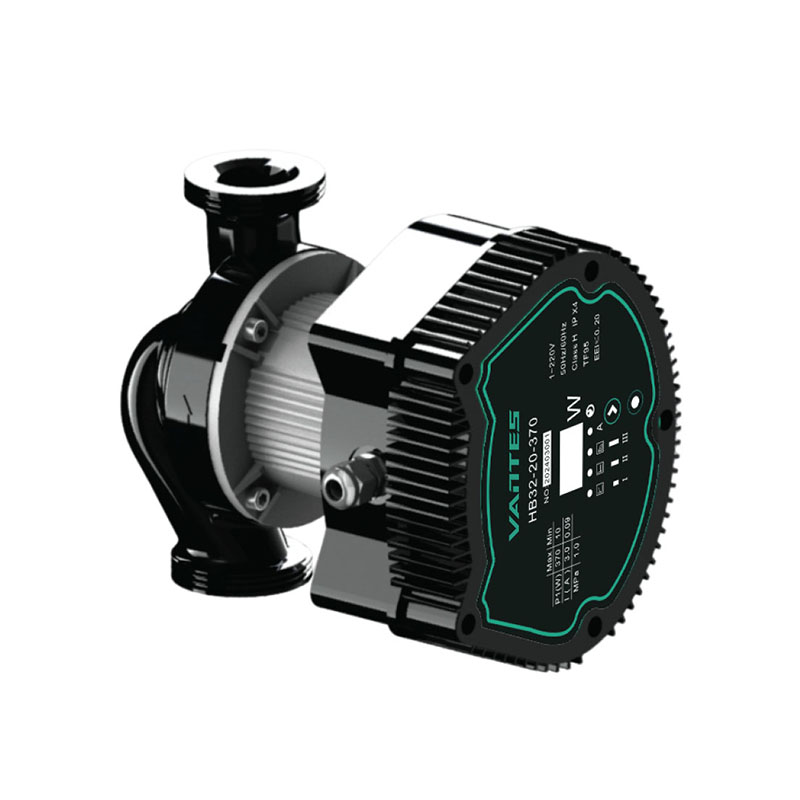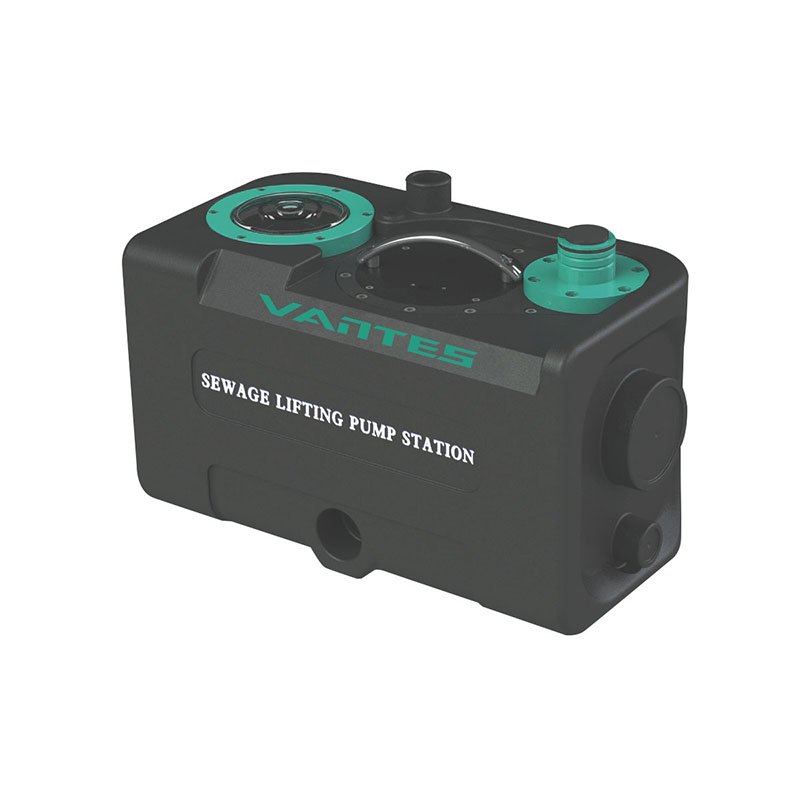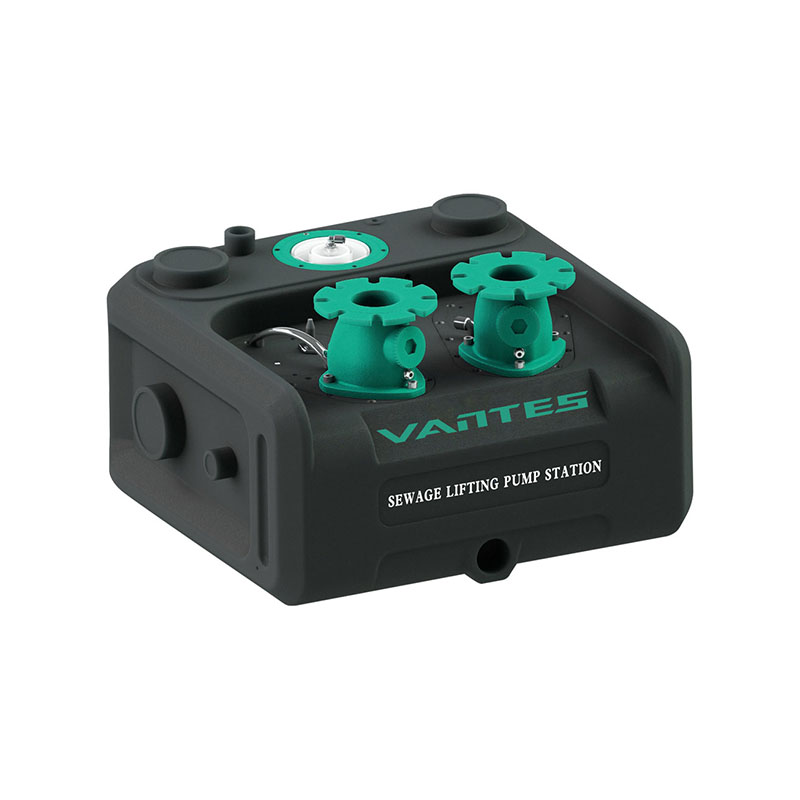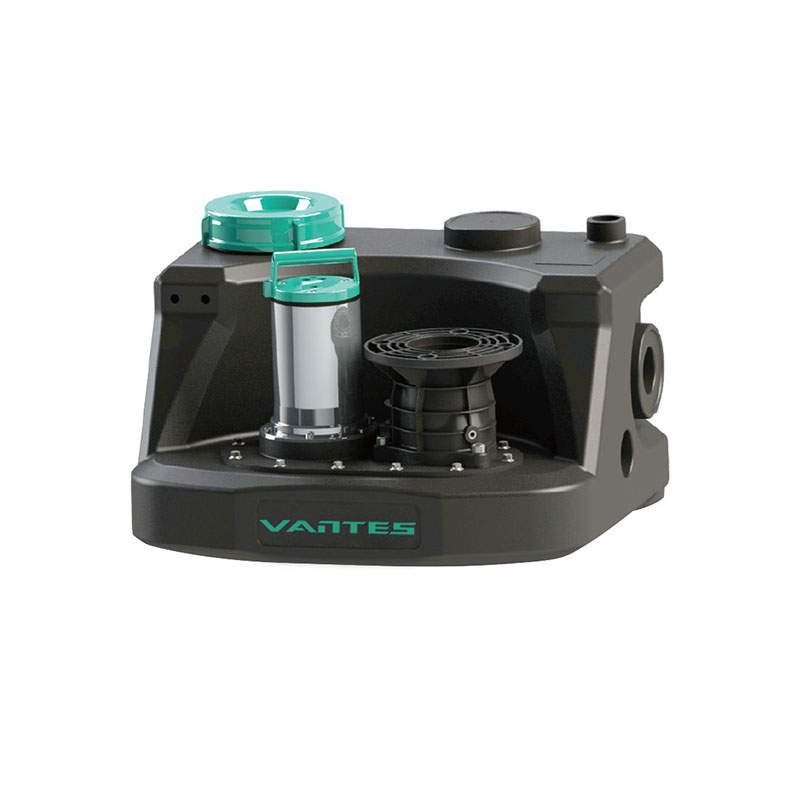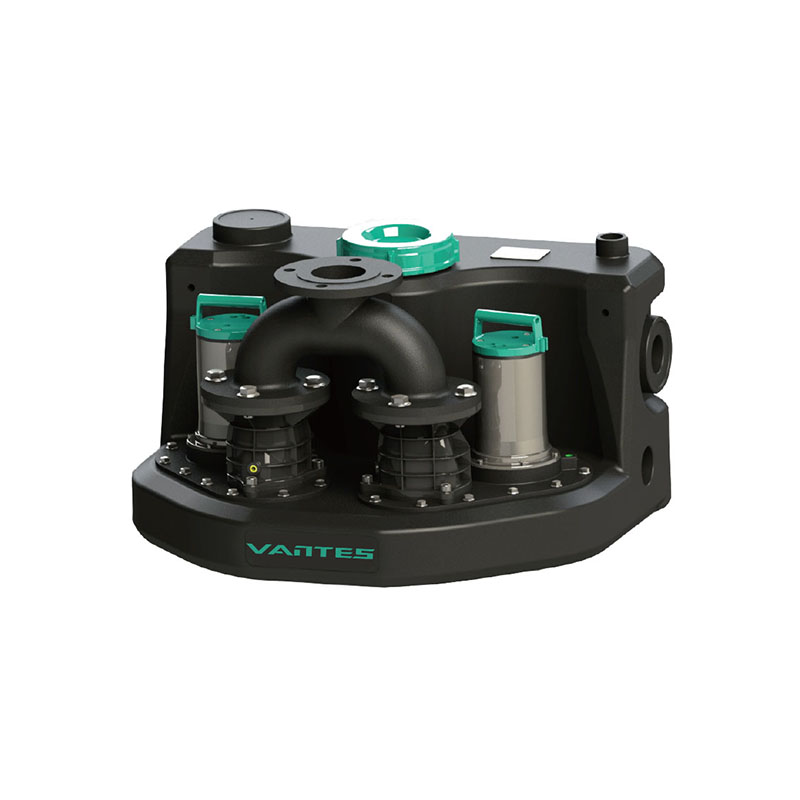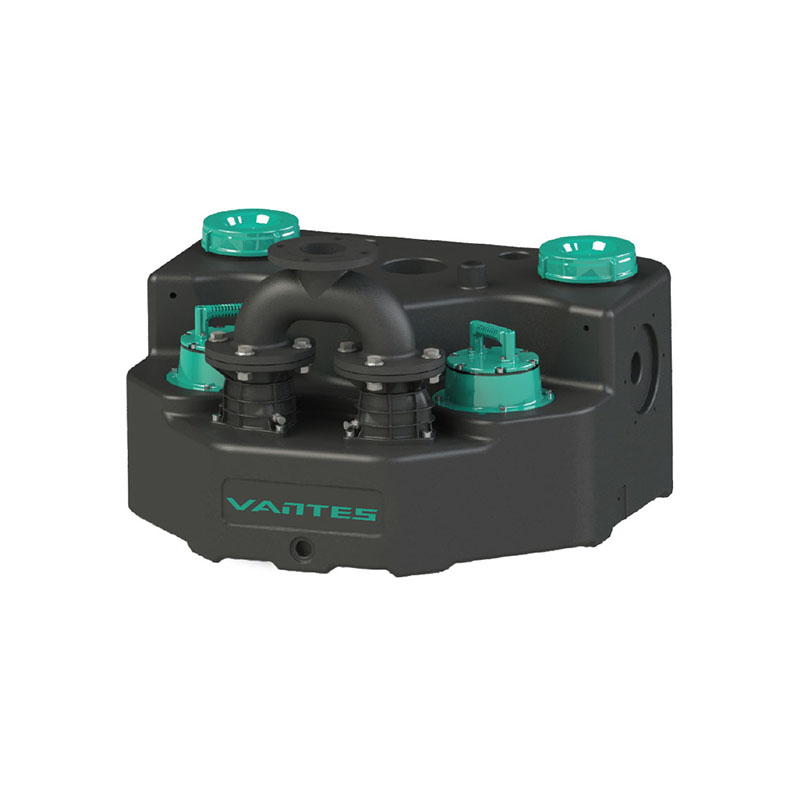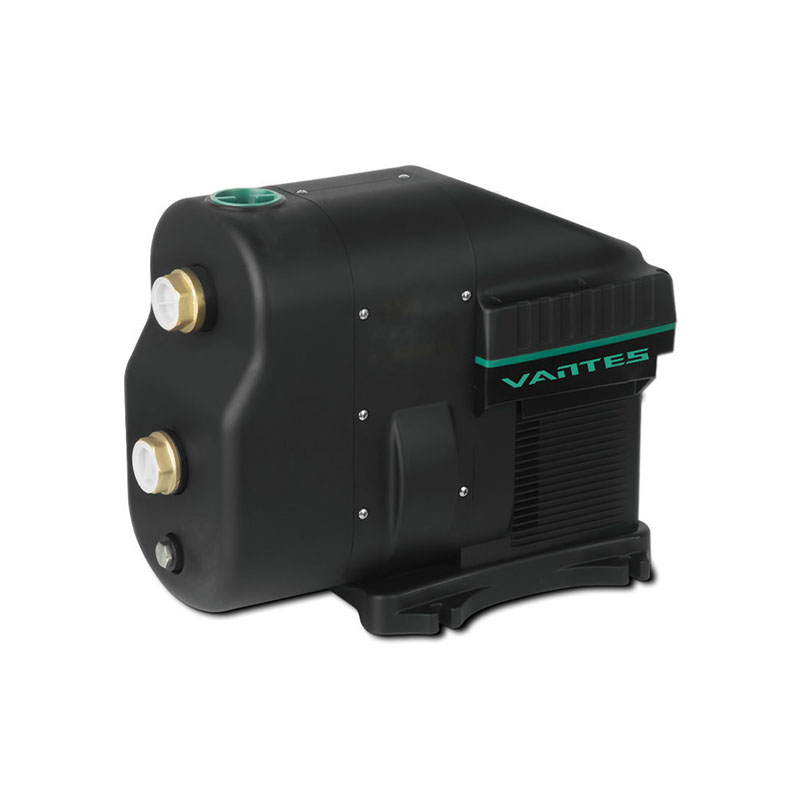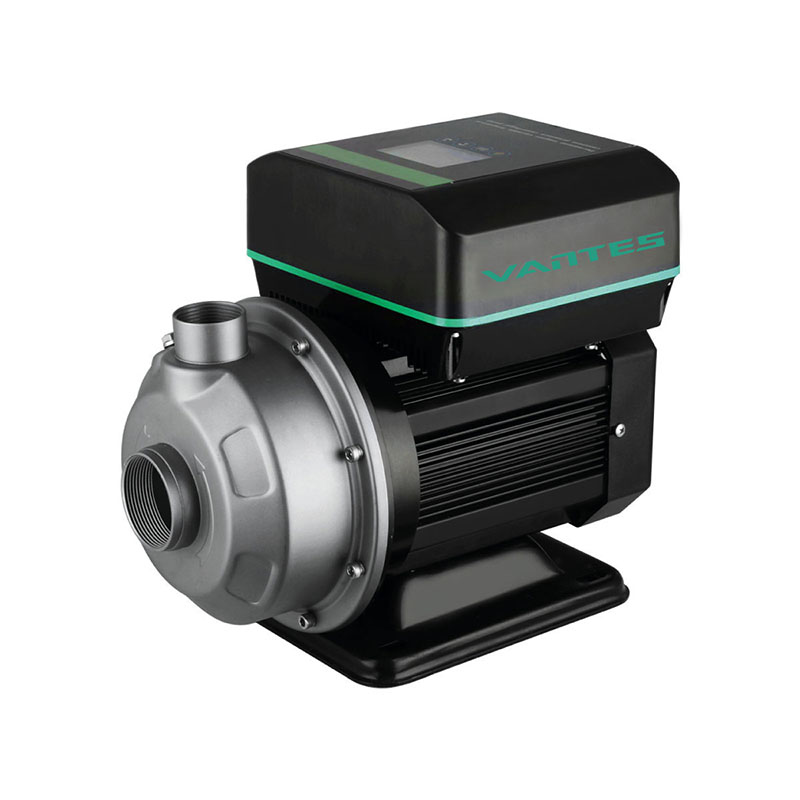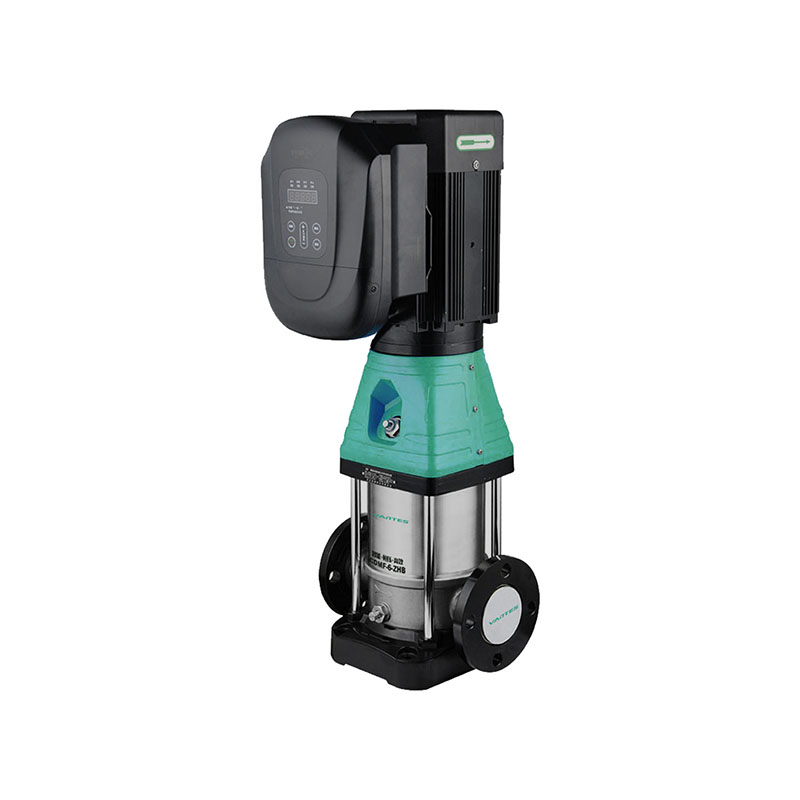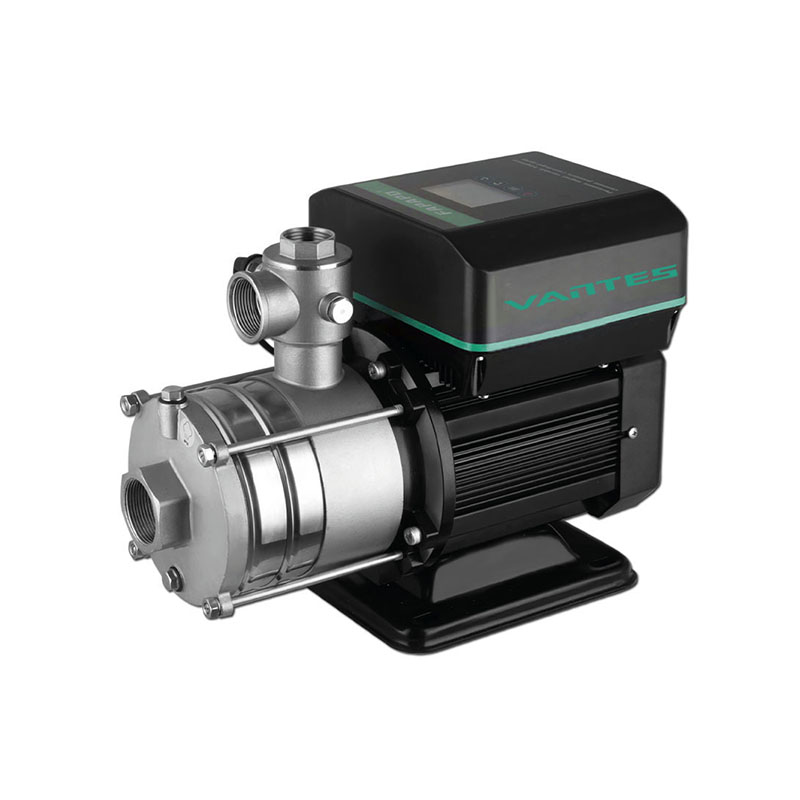In a significant move toward smarter, more sustainable building utilities, the Frequency Toilet Pump is emerging as a pivotal component in next-generation sanitary engineering. Combining variable frequency technology with pressure-boosting capabilities, the Frequency Toilet Pump is how water is delivered and controlled in high-demand toilet and restroom environments — particularly in high-rise buildings, commercial complexes, and smart facilities.
As global water conservation efforts intensify and the demand for efficient, low-noise sanitary systems grows, this innovative pumping solution is fast becoming a standard for modern toilet systems, with broad applications in residential, hospitality, public infrastructure, and industrial developments.
What Is a Frequency Toilet Pump?
A Frequency Toilet Pump is a variable frequency drive (VFD) equipped pressure-boosting pump that ensures consistent water flow and pressure for toilet flushing systems. Unlike traditional constant-speed pumps, which operate at full capacity regardless of demand, frequency-controlled pumps adjust motor speed based on real-time pressure needs.
This smart adaptability significantly reduces energy consumption, prevents pipe hammering, and ensures a stable water supply even during peak usage periods. The pump’s compact design, quiet operation, and automated pressure regulation make it ideal for applications where space efficiency, water economy, and user comfort are paramount.
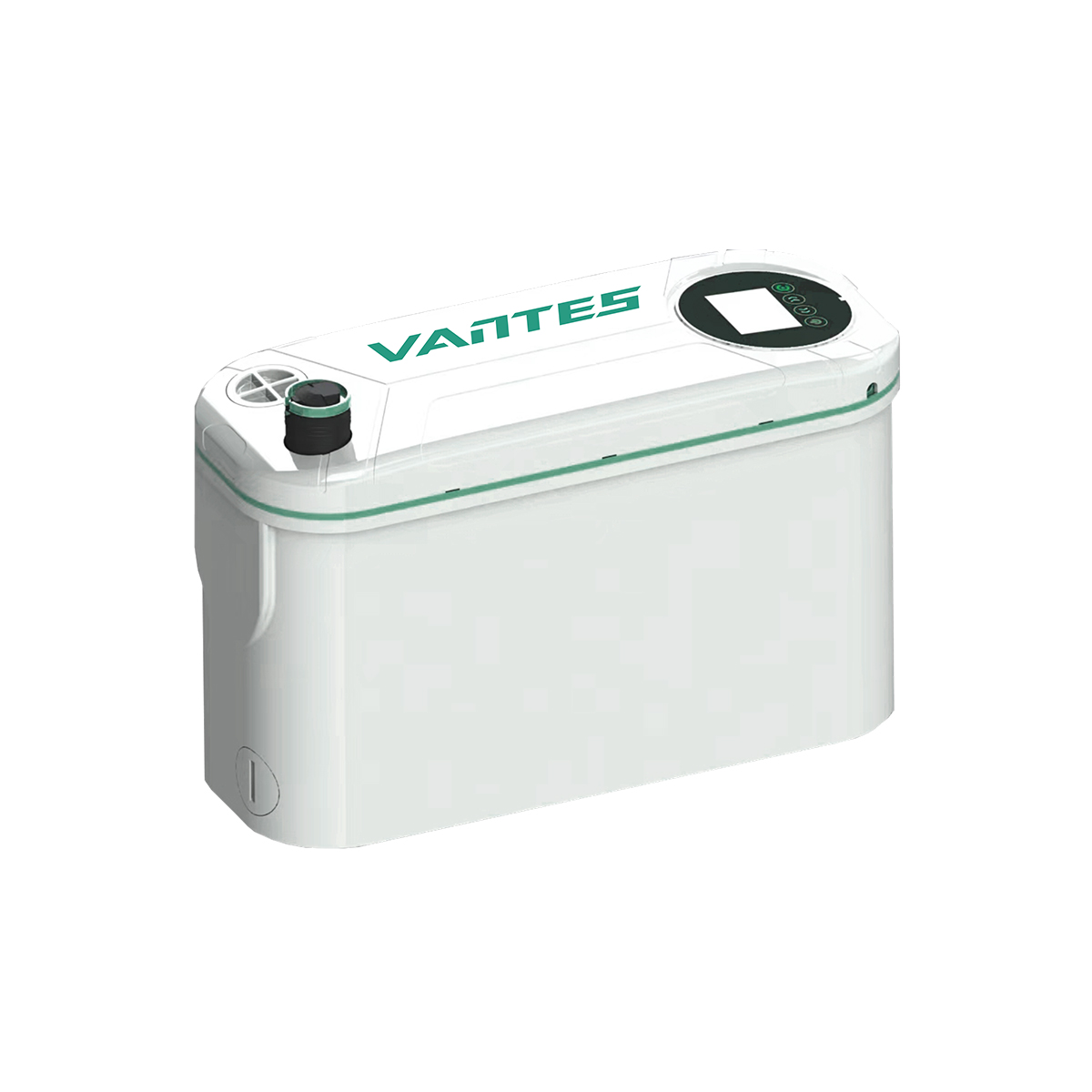
Driving the Rise of Frequency Toilet Pumps
Several key trends and pressures in the sanitary and construction industries are fueling the widespread adoption of Frequency Toilet Pumps:
1. Water Conservation and Sustainability Goals
As urban water systems come under strain, regulators and building managers are adopting stricter water-saving protocols. Frequency Toilet Pumps contribute to this by optimizing flush performance while water use. By maintaining the precise water pressure required for effective flushing, they prevent overuse and wastage — a critical advantage in water-scarce regions or environmentally certified buildings.
2. High-Rise Building Requirements
In multi-floor buildings, maintaining consistent water pressure to upper levels is a perennial challenge. Traditional pumps struggle to balance the pressure across floors, often to inadequate flushes or excess flow. Frequency Toilet Pumps dynamically adjust to pressure drops and peaks, delivering reliable performance throughout tall structures without the need for oversized infrastructure.
3. Smart Building Integration
Today’s smart buildings demand automation, efficiency, and system-level communication. Many Frequency Toilet Pumps are now equipped with IoT-compatible controllers and pressure sensors. These allow for remote monitoring, predictive maintenance alerts, and integration into building management systems (BMS), paving the way for data-driven optimization of water systems.
4. Noise Control in Sensitive Environments
Noise is a critical concern in hotels, hospitals, and office buildings. Conventional toilet pumps can generate disruptive vibrations and acoustic disturbances, especially during peak hours. The Frequency Toilet Pump operates with reduced motor stress and smoother transitions, making it significantly quieter — a vital feature in customer- and patient-facing environments.
Applications Across Multiple Sectors
The adaptability and energy efficiency of Frequency Toilet Pumps make them suitable for a broad spectrum of projects:
Commercial and Office Buildings: These pumps support high-usage toilets in business environments where water pressure must remain consistent throughout the day.
Hospitality and Healthcare: Hotels, hospitals, and care facilities benefit from quiet operation and consistent flush performance, improving both hygiene and user experience.
Public Infrastructure: Airports, train stations, and stadiums use Frequency Toilet Pumps to handle sudden surges in water usage during events or peak periods.
Smart Homes and High-End Residential: Increasingly, Frequency Toilet Pumps are being integrated into smart homes to provide responsive water delivery with energy usage.
Technological Advancements Powering Growth
Modern Frequency Toilet Pumps are now embedded with several advanced features that enhance their performance and usability:
Real-Time Feedback Loops: Using pressure sensors and microcontrollers, these pumps instantly adjust speed based on user demand, reducing energy waste.
Soft Start and Stop Functions: This reduces the hydraulic shock to pipes and prevents premature wear of plumbing components.
Integrated Leak Detection and Alerts: Some models now come with diagnostic systems that can detect anomalies such as leaks or blockages, enabling proactive maintenance and reducing water loss.

